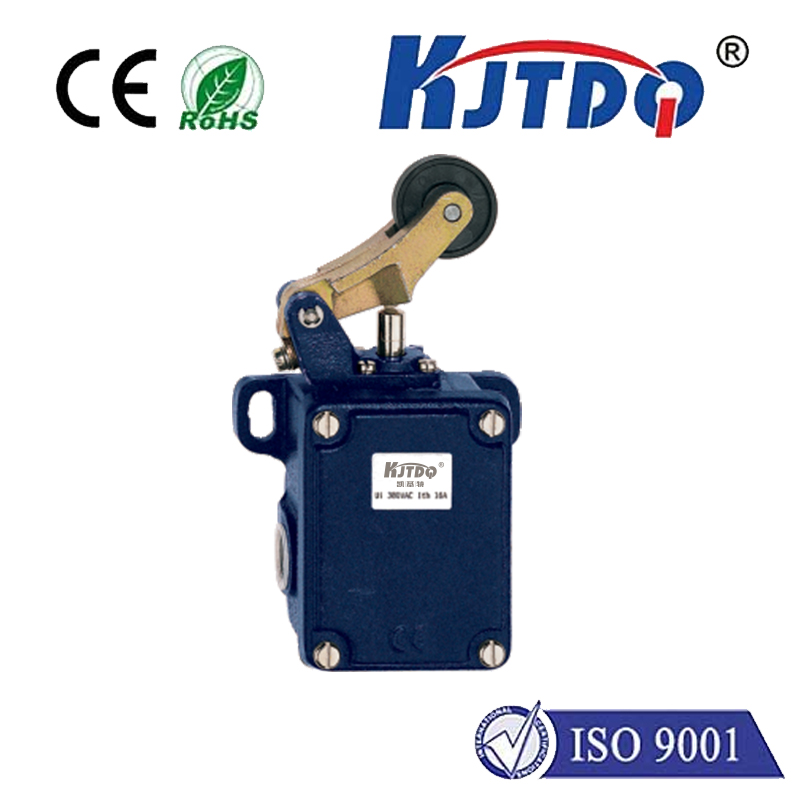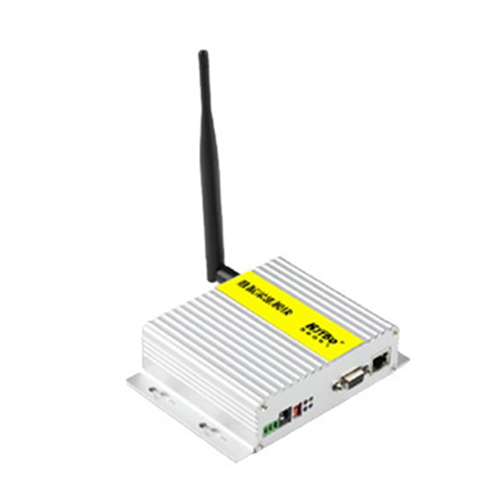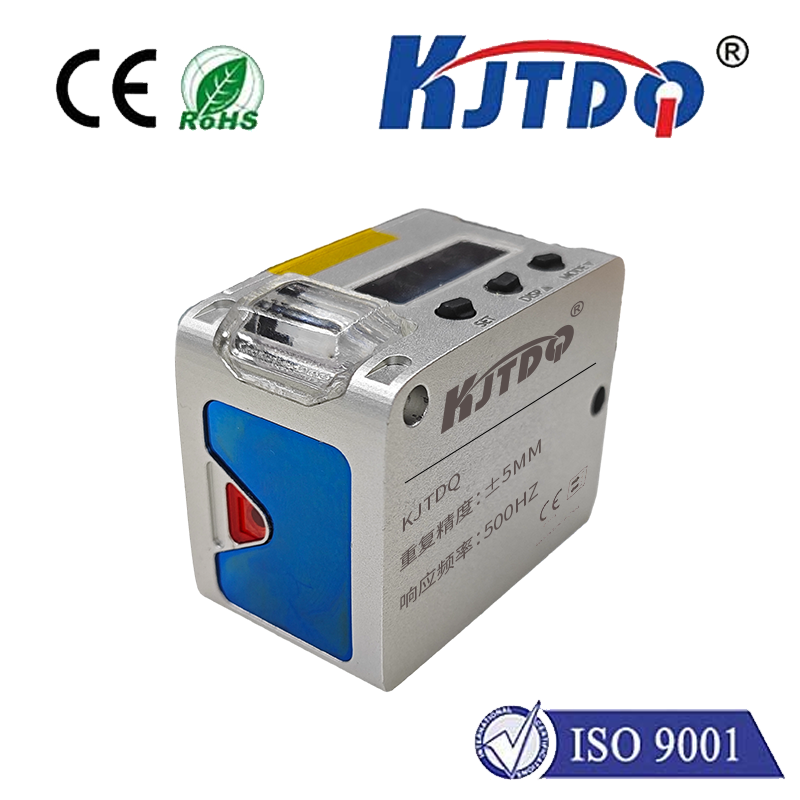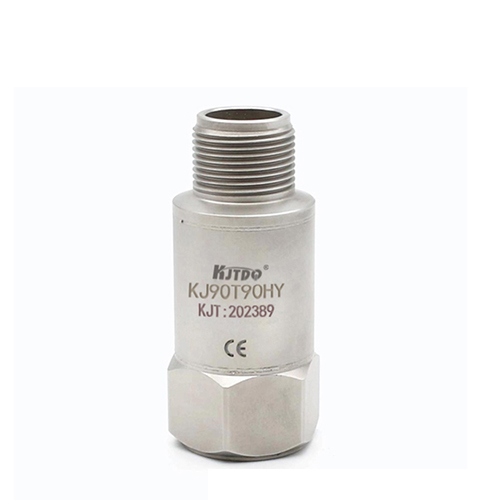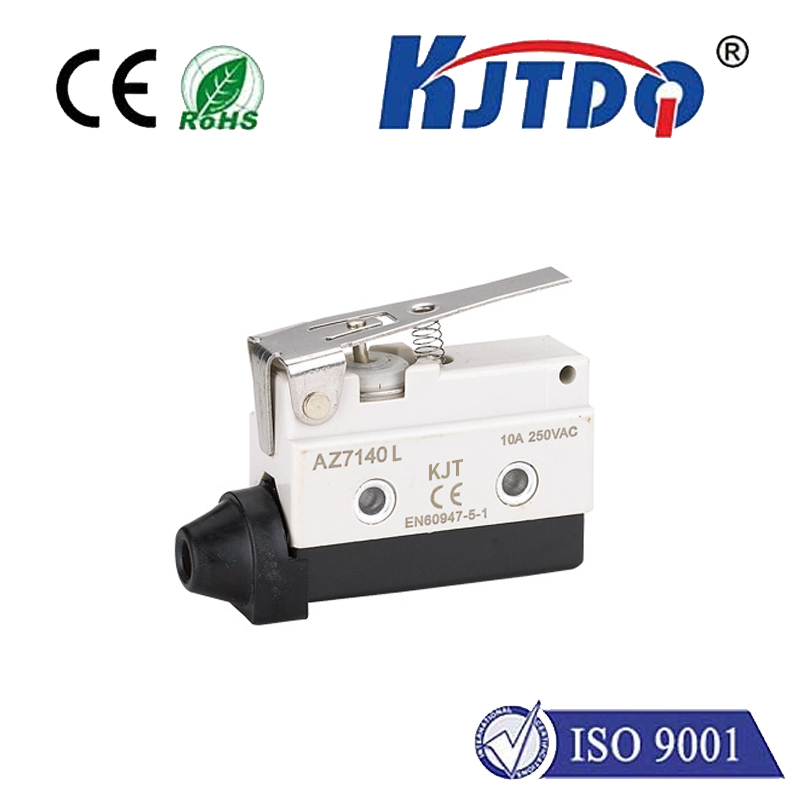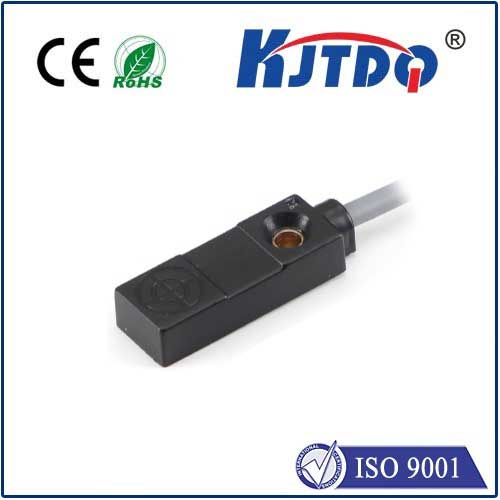

check

check

check

check

check

check

check

check

check

check
Imagine your garage door opening seamlessly as you drive up, not because of a remote, but because a small device has sensed the headlights. Or picture intricate manufacturing lines where products are perfectly positioned by machines that “see” them using light. Behind these everyday marvels often lies a crucial component: the PNP photo sensor. Understanding what they are and how they operate unlocks the potential of light-responsive electronics.
Demystifying the PNP Phototransistor
At its core, a photo sensor based on a PNP transistor leverages the fundamental principles of both photodetection and transistor operation. Unlike simple photodiodes that generate a small current when exposed to light, a phototransistor amplifies this signal, making it significantly stronger and more useful for controlling circuits.
A PNP bipolar junction transistor (BJT) consists of three semiconductor layers: a P-type Emitter, an N-type Base, and a P-type Collector. In a PNP phototransistor, the critical innovation is making the base-collector junction light-sensitive. This junction is intentionally exposed to light, often through a lens or window in the sensor package.
Here’s the key process:

PNP vs. NPN: Choosing the Right Polarity
It’s vital to understand the distinction between PNP and NPN phototransistors, as it fundamentally affects circuit design and signal behavior:
| Characteristic | PNP Phototransistor | NPN Phototransistor |
|---|---|---|
| Symbol | Emitter Arrow Pointing IN to Base | Emitter Arrow Pointing OUT from Base |
| Conduction Path | Positive Voltage applied to Emitter relative to Collector | Positive Voltage applied to Collector relative to Emitter |
| Output State (Light ON) | Emitter/Collector Voltage LOW (closer to Emitter Voltage) | Collector/Emitter Voltage LOW (closer to Emitter Voltage) |
| Typical Switching Mode | Often used in High-Side Switching or Sourcing configurations | Often used in Low-Side Switching or Sinking configurations |
| Common Load Placement | Load typically connects between Collector and V- | Load typically connects between Collector and V+ |
| Signal Polarity | Output signal swing is negative-going with increasing light | Output signal swing is negative-going with increasing light |
| Key Relationship | *I_C = h_FE * I_B_photo* flows from E to C | *I_C = h_FE * I_B_photo* flows from C to E |
The choice between PNP and NPN often boils down to the required circuit configuration and the desired logic state in the presence of light. PNP devices are frequently favored in scenarios needing high-side switching or where the sensor output needs to actively pull a line up to a positive voltage when dark (and allow it to fall when light is detected).
Design Considerations and Integration
Effectively utilizing a PNP photo sensor requires careful attention to several factors:
Where PNP Photo Sensors Excel: Key Applications
The amplification, robustness, and discrete output nature of PNP phototransistors make them indispensable in numerous fields:
Leveraging the Power of Light with PNP
From optimizing complex industrial processes to adding simple conveniences in our daily lives, PNP photo sensors provide a robust and effective means of converting light into a powerful, usable electrical signal. Their inherent amplification simplifies circuit design compared to photodiodes, while their discrete output nature aligns perfectly with digital control systems. Understanding the principles of phototransistor operation, particularly the distinction between PNP and NPN configurations and the resulting impact on circuit design and signal polarity, is essential for engineers and designers aiming to effectively harness the power of light detection. Whether triggering an action upon detection or providing crucial positional feedback, the PNP phototransistor remains a vital component in the ever-evolving landscape of optoelectronics.
